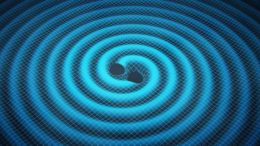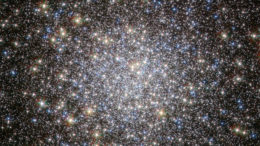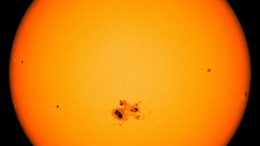Focal Reducer
A focal reducer, otherwise known as a telecompressor, is an optical element used to reduce focal length, increase lens speed, and in some instances improve optical transfer function performance. Although the popular applications include photography, videography, and astrophotography, we will be focusing on the…









